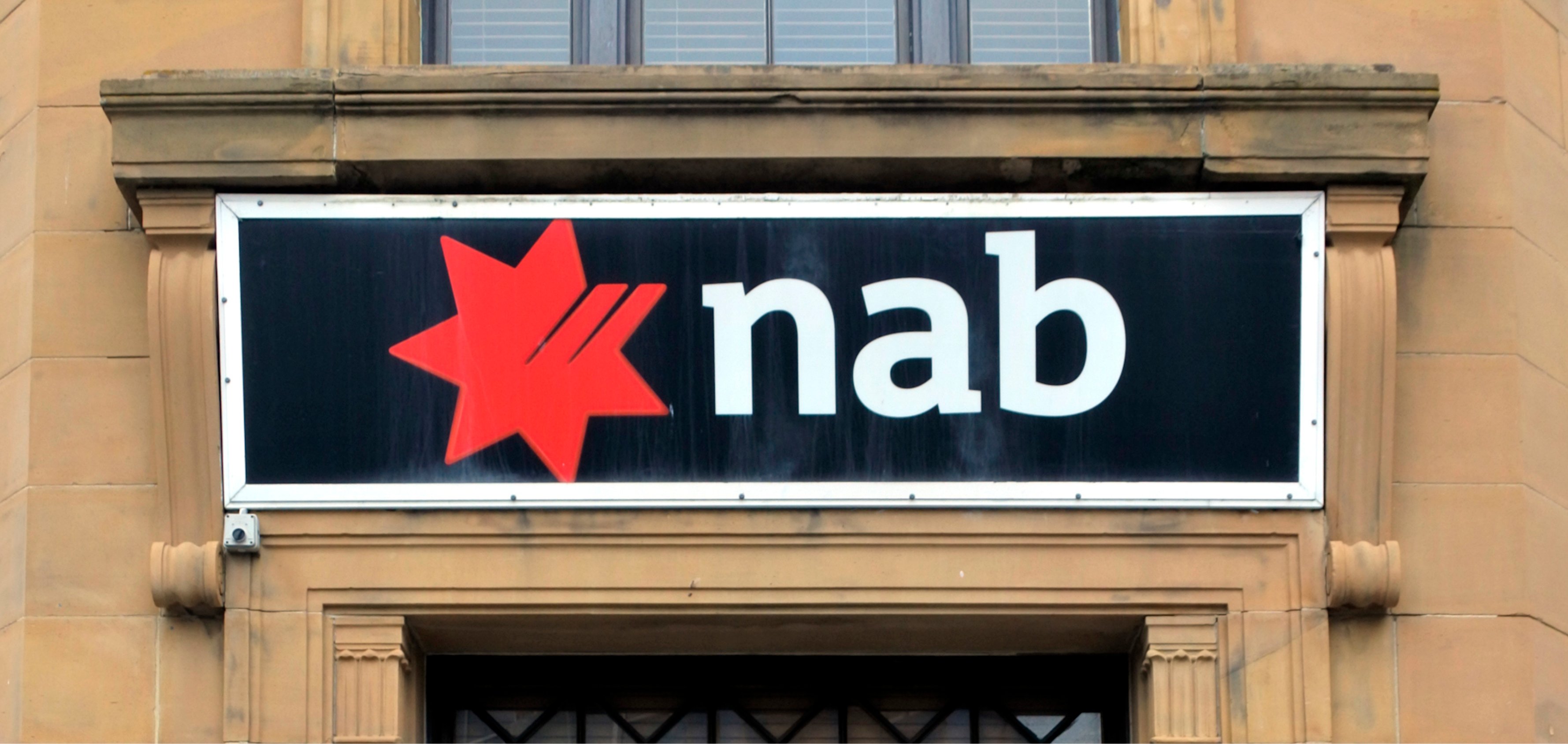Features > Property News & Insights > Housing Trends
NAB Revises Property Forecasts to Reflect High Demand and Low Supply

Rising house prices and improved consumer sentiment have triggered NAB to revise their property prices forecast, to reflect the resilience in the Australian housing market.
The NAB Residential Property Index increased sharply over the second quarter, rising to +33 points, up from +9 points in the first quarter.
The Index is based on survey results, gathered from property professionals, on their observations of current property prices and rents.
“The NAB Residential Property Index rose sharply in Q2, underpinned by rising home prices and solid rental growth,” wrote the NAB economics team.
“Confidence levels also bounced, with recovery expectations now much firmer. New survey findings point to substantial undersupply of rental property across much of the country.
“NAB has revised up our outlook for property prices with the demand/supply imbalance offsetting the drag from reduced borrowing power and affordability as rates rise.
“We see the RBA lifting rates to 4.6 percent by September, then staying on hold until 2024. That sees property prices rise by 4.7 percent this year and around 5 percent next year as rate cuts begin to add some support.”
NAB’s revised property forecast expects Sydney house prices to rise the most, predicting a 12 percent lift over 2023 and 2024. Melbourne is expected to trail slightly behind, with a forecasted 9.4 percent increase in the pipeline. Brisbane is expecting an 8.3 percent increase.
The revised forecast equates to a 9.7 percent average increase for the capitals over the next two years
Unsurprisingly, rents are also forecasted to increase at unprecedented rates. Rents in Victoria are expected to grow the most, at 5.4 percent over the next year. And rents in NSW are forecasted to grow by 4 percent.
It will likely mean greater rental yields for landlords, but a continuation of rent pain for tenants.
“The average survey forecast for rents in the next 12 months and in 2 years’ time was unchanged at a healthy 4.0 percent – roughly twice their respective survey average levels.
“With rental growth outpacing dwelling values, gross rental housing yields should also continue to rise,” read the report.
What do market professionals think of the state of housing?
Industry professionals were surveyed on their thoughts of the current state of housing, and what they think is causing supply shortages.
Rising interest rates were largely blamed for barriers to home ownership for buyers of existing dwellings.
And when questioned about what factors hamper the start of new developments, 80 percent of property professionals identified construction costs as the main barrier.
Rising interest rates followed closely at 64 percent, and delays in obtaining planning permits were named by 46 percent of property professionals as the main obstacle.
Rental markets have been plagued with record low vacancy rates over the past few months, and rents have risen astronomically as a result.
An influx of international students and overseas migration has worsened the situation and will continue to put pressure on rents while tenants compete to secure properties.
NAB’s residential property report iterates this.
“Nationwide, the number of property professionals that said the rental market was undersupplied heavily out-weighed those that said it was oversupplied.
“Specifically, 30 percent said the market was “extremely” undersupplied, 27 percent “very” undersupplied, 17 percent “quite” undersupplied and 13 percent “somewhat” undersupplied.
“Only 4 percent said market conditions were “neutral”, 3 percent “somewhat” oversupplied and 1 percent “quite” oversupplied in their area,” read the report.
What do the professionals think would fix the housing market?
Recent discussions surrounding house market solutions have been heated, with the Greens party calling for rent caps, and a vast majority of other industry experts stating that would be catastrophic to supply – which is the underlying issue.
The NAB report took the question to property professionals, asking what solutions they think hold the most merit in rectifying the housing crisis.
A whopping 67 percent identified the fast tracking of planning permissions and development as the single most effective way of easing the housing crisis.
This was followed by financial incentives in the form of low interest loans and tax incentives.
Rates will go down, prices will go up
While NAB envisions a further two rate rises, they also predict that rates will begin to fall by mid next year, returning to 3.1 percent by November.
And when rates do come off, the growth the real estate market has experienced this year will likely accelerate, as barriers of high interest rates are removed.
With NAB’s property forecast for Sydney of 12 percent growth over the next two years, Sydney’s median house price could be about to jump from $1.46 million to $1.64 million, pushing the goal post of home ownership even further out of reach for many aspiring homeowners.
It seems the affordability of housing is set to worsen considerably, with a window of opportunity rapidly closing.
Stay Up to Date
with the Latest Australian Property News, Insights & Education.




.png?width=292&height=292&name=Copy%20Link%20(1).png)
 SIGN UP FOR FREE NEWSLETTER
SIGN UP FOR FREE NEWSLETTER








.jpg?width=1920&height=1080&name=Warning%2c%20You%20Might%20Be%20Facing%20Higher%20Taxes%20Soon%20(1).jpg)





.png?width=1920&height=1080&name=Rate%20Drops%20Signal%20BIGGEST%20Property%20Boom%20in%20DECADES%20(1).png)

.jpg?width=1920&height=1080&name=Labor%20vs%20Liberal%20These%20Housing%20Policies%20Could%20Change%20the%20Property%20Market%20Forever%20(1).jpg)
.jpg?width=1920&height=1080&name=QLD%20Slashes%20Stamp%20Duty%20Big%20News%20for%20Investors%20%26%20Home%20Buyers%20(1).jpg)
.jpg?width=1920&height=1080&name=Trump%20Just%20Slapped%20Tariffs%20%E2%80%93%20Here%E2%80%99s%20What%20It%20Means%20for%20Australia%20(1).jpg)
.jpg?width=1920&height=1080&name=Federal%20Budget%202025%20More%20Debt%2c%20No%20Housing%20%E2%80%93%20Here%E2%80%99s%20What%20You%20Need%20to%20Know%20(1).jpg)
.jpg?width=1920&height=1080&name=Australias%20Housing%20Crisis%20is%20about%20to%20get%20MUCH%20Worse%20(New%20Data%20Warns).jpg)
%20(1).jpg?width=1920&height=1080&name=Australias%20RENTAL%20CRISIS%20Hits%20ROCK%20BOTTOM!%20(2025%20Update)%20(1).jpg)
%20(1).png?width=1920&height=1080&name=Is%20Adelaide%20Still%20a%20Good%20Property%20Investment%20(2025%20UPDATE)%20(1).png)
.jpg?width=1920&height=1080&name=RBA%20Shocks%20with%20Rate%20Cuts!%20What%E2%80%99s%20Next%20for%20Property%20Investors%20(1).jpg)
%20(1).jpg?width=1920&height=1080&name=I%20Predict%20The%20Feb%20Rate%20Cut%20(My%20Price%20Growth%20Prediction)%20(1).jpg)
.png?width=1920&height=1080&name=Why%20Property%20Prices%20Will%20Rise%20in%202025%20Market%20Predictions%20(1).png)
.jpg?width=1920&height=1080&name=Why%20Investors%20Are%20Choosing%20Apartments%20Over%20Houses%202%20(1).jpg)
.jpg?width=1920&height=1080&name=Why%20Rate%20Cuts%20Will%20Trigger%20A%20Property%20Boom%20(1).jpg)
.jpg?width=1920&height=1080&name=Retire%20On%202Million%20With%20One%20Property%20(Using%20SMSF).jpg)
.jpg?width=1920&height=1080&name=4%20Reasons%20Why%20You%20Should%20Invest%20in%20Melbourne%20Now%20(1).jpg)
%20(1).jpg?width=1920&height=1080&name=Old%20Property%20vs%20New%20Property%20(Facts%20and%20Figures%20Revealed)%20(1).jpg)
%20(1).jpg?width=1920&height=1080&name=Will%20The%20New%20QLD%20Govt%20Create%20a%20Property%20Boom%20or%20Bust%20(My%20Prediction)%20(1).jpg)
%20Scott%20Kuru%20(1).jpg?width=1920&height=1080&name=Inflation%20Hits%20Three-Year%20Low%20(Will%20RBA%20Cut%20Rates%20Soon)%20Scott%20Kuru%20(1).jpg)
.jpg?width=1920&height=1080&name=How%20to%20Buy%20Investment%20Property%20Through%20SMSF_%20The%20Ultimate%20Guide%20(1).jpg)
.jpg?width=1920&height=1080&name=Victoria%20Slashes%20Stamp%20Duty%20Melbourne%20Set%20to%20Boom%20Scott%20Kuru%20(1).jpg)
.png?width=1571&height=861&name=Are%20Foreign%20Buyers%20Really%20Driving%20Up%20Australian%20Property%20Prices%20(1).png)
.jpg?width=1920&height=1080&name=The%20Single%20Factor%20That%20Predicts%20Property%20Growth%20Regions%20(1).jpg)
%20Scott%20Kuru%20(1).jpg?width=1920&height=1080&name=My%20Prediction%20On%20Rates%20%26%20Negative%20Gearing%20(Market%20Crash)%20Scott%20Kuru%20(1).jpg)

-1.png?width=1920&height=1080&name=Major%20Banks%20Cut%20Rates%20Will%20RBA%20Follow%20Suit%20(Sept%20Rate%20Update)-1.png)
%20Scott%20Kuru-1.png?width=1920&height=1080&name=Rate%20Cut%20Coming%20What%20New%20Zealands%20Move%20Means%20for%20Australia%20(Sept%20Prediction)%20Scott%20Kuru-1.png)
%20(1).jpg?width=1920&height=1080&name=Buy%20when%20the%20interest%20rates%20are%20high!%20(Why%20you%20must%20buy%20now!)%20(1).jpg)
.jpg?width=1920&height=1080&name=Carms_Revised%20Taxes%20Due%20Aug%209%20YT%20Thumbnail02%20(1).jpg)
.jpg?width=1920&height=1080&name=Carms_Too%20Little%20Too%20Late%20Aug%207%20YT%20Thumbnail01%20(1).jpg)









.jpg?width=1920&height=1080&name=Carms_Rate%20Drop%20In%20July%20Jun%2010%20YT%20Thumbnail02%20(1).jpg)
.jpg?width=1920&height=1080&name=Carms_Own%20a%20Property%20V6%20Jun%205_YT%20Thumbnail%20(1).jpg)









.png?width=1920&height=1080&name=Artboard%201%20(3).png)






.jpg?width=1920&height=1080&name=YT%20thumbnail%20%20(1).jpg)

